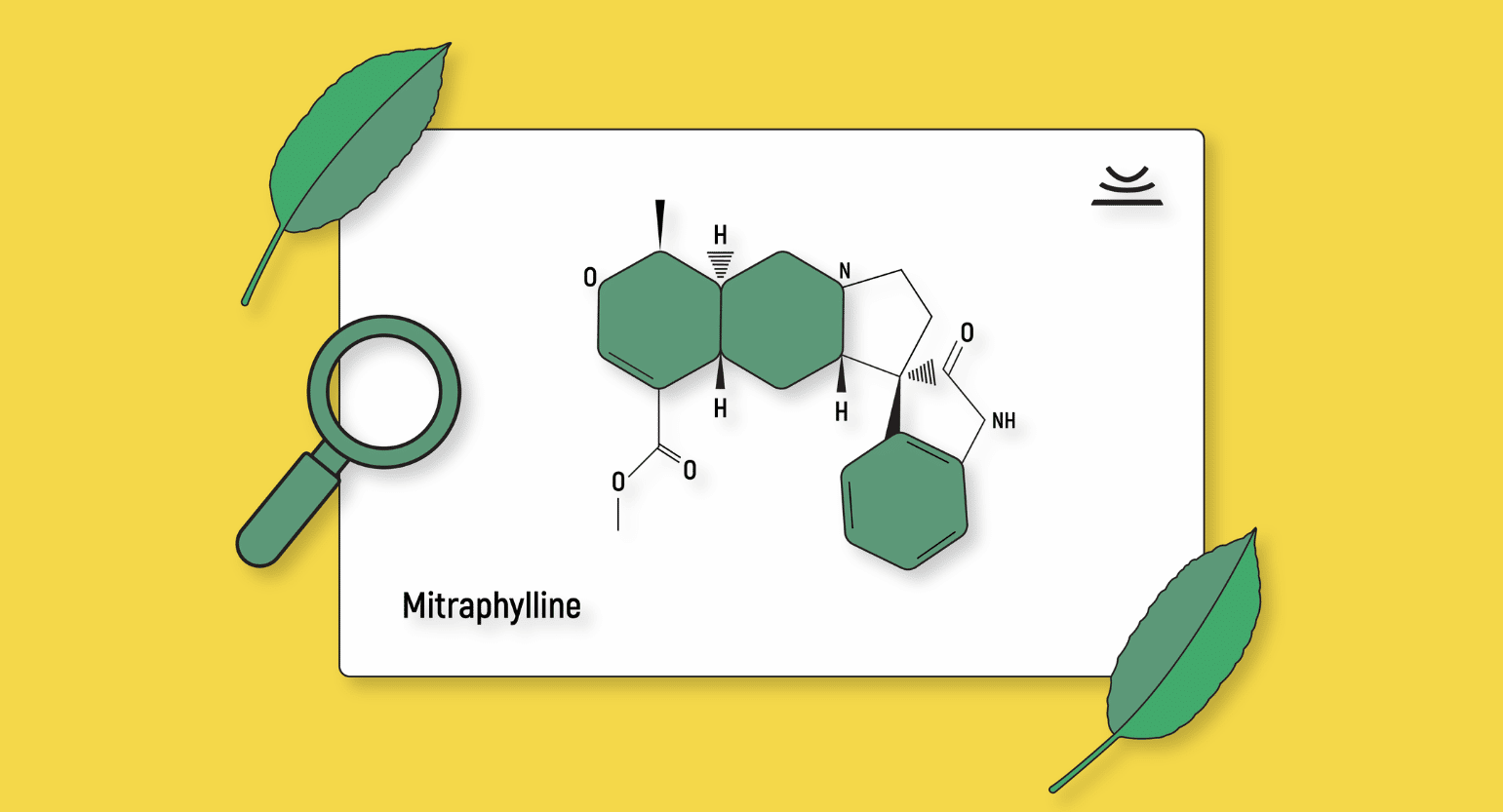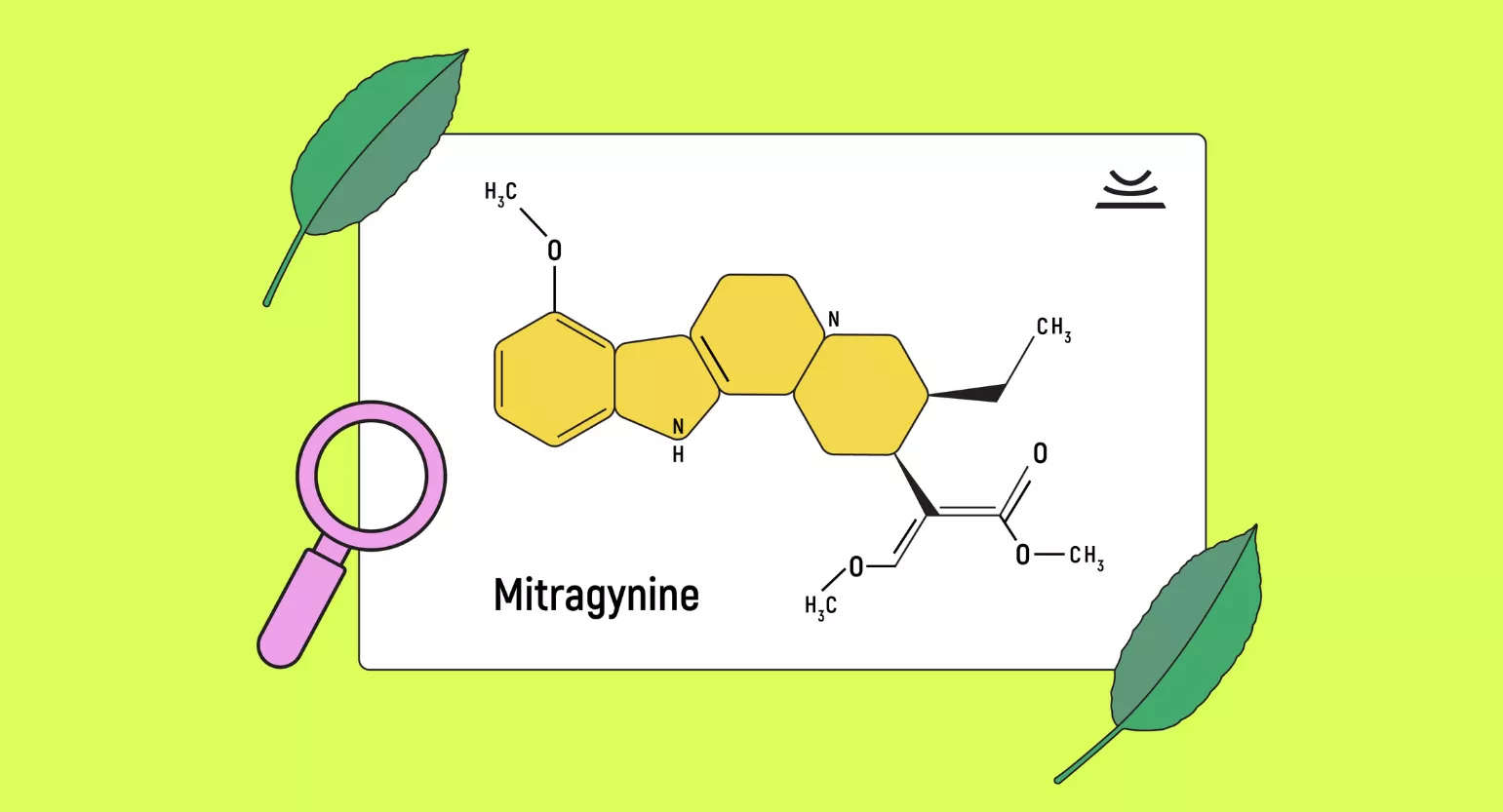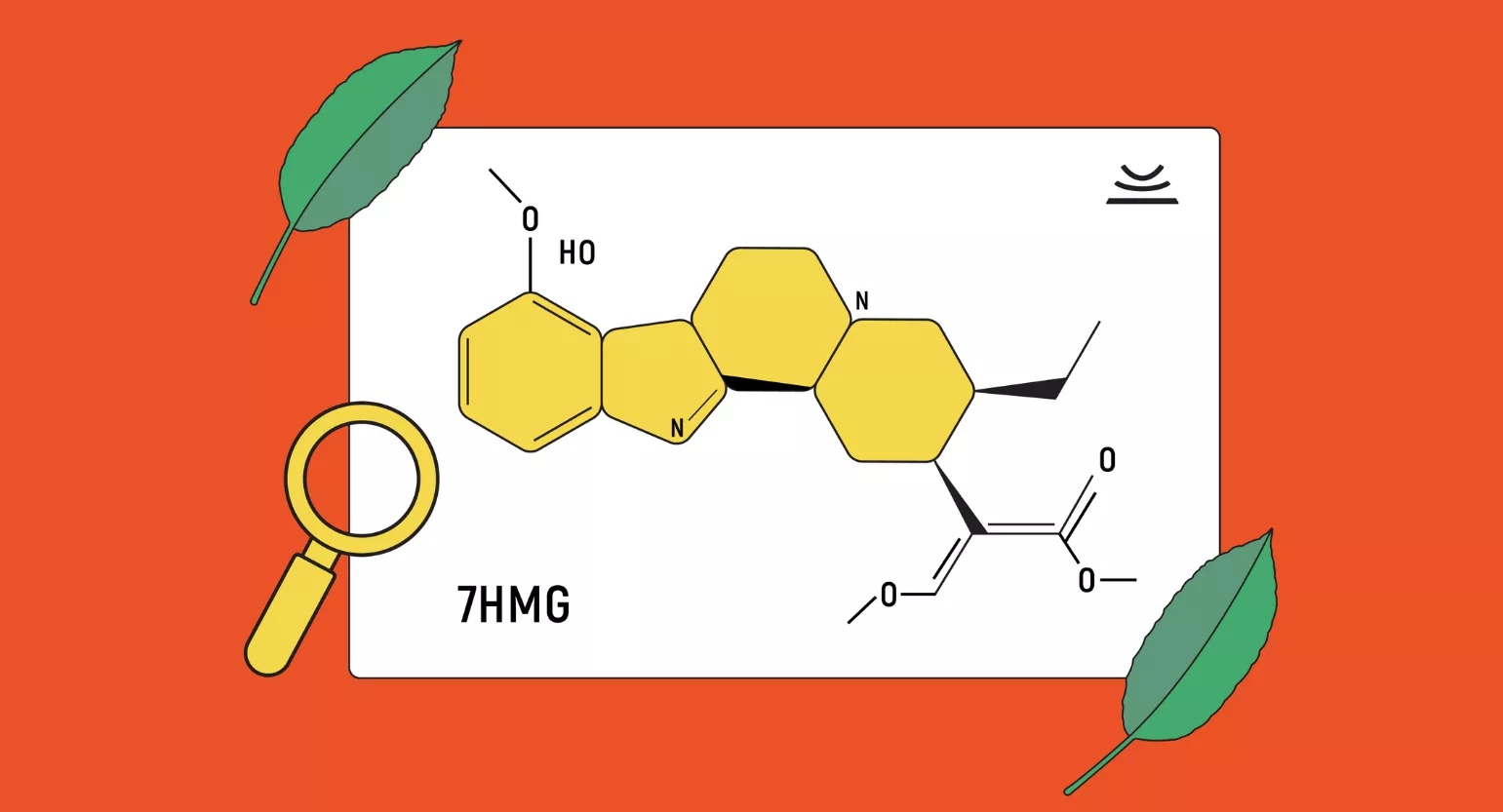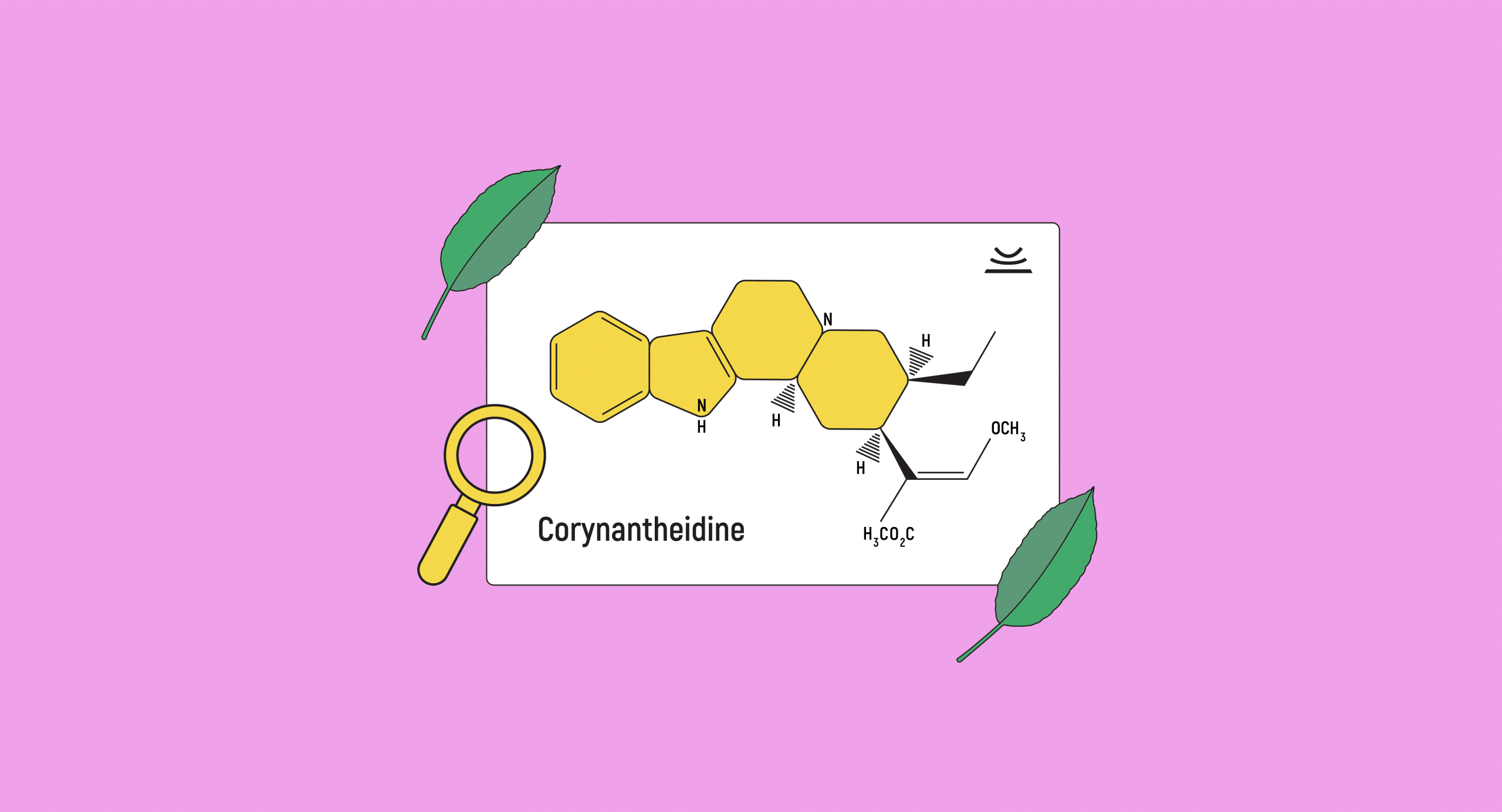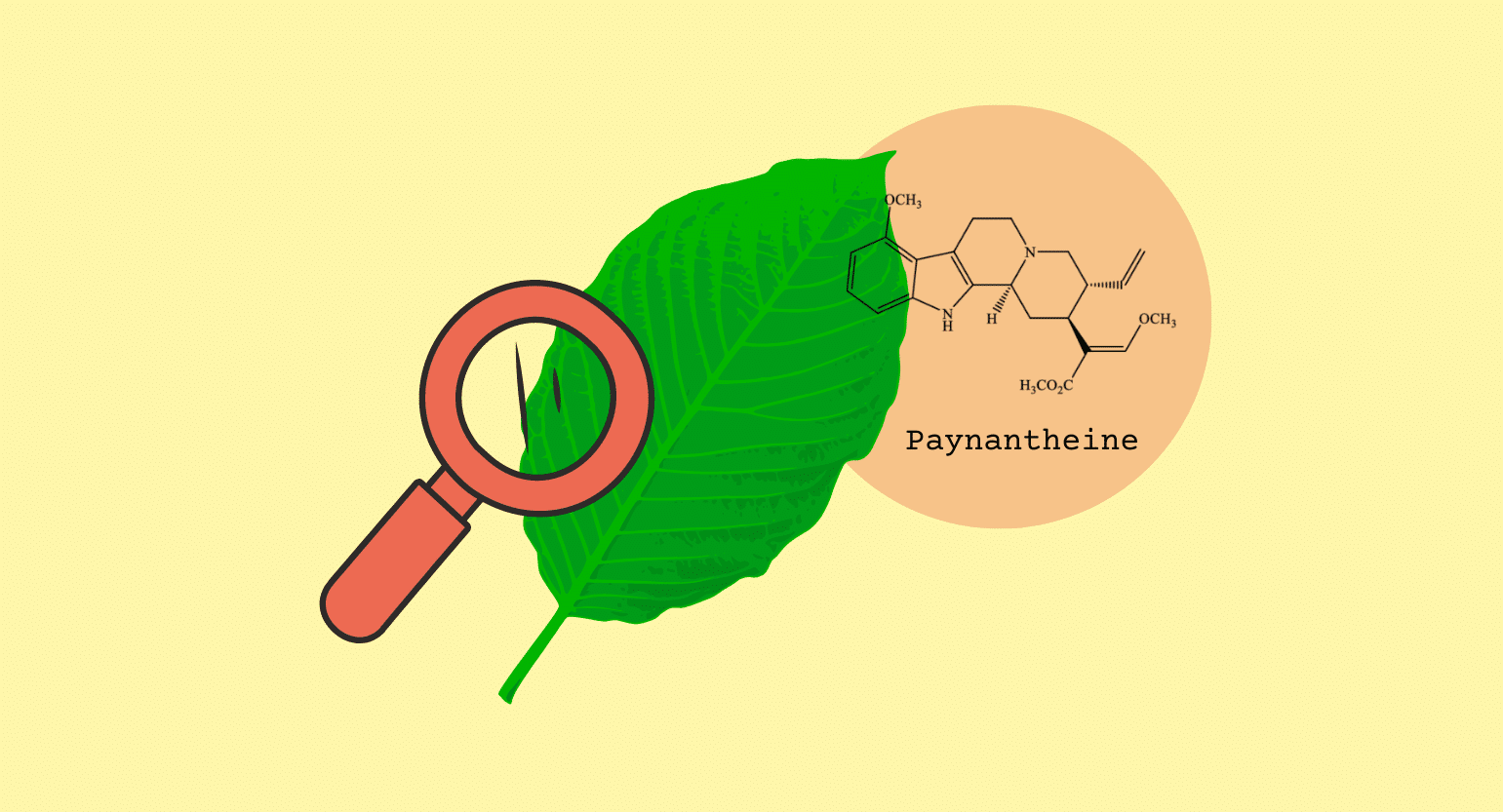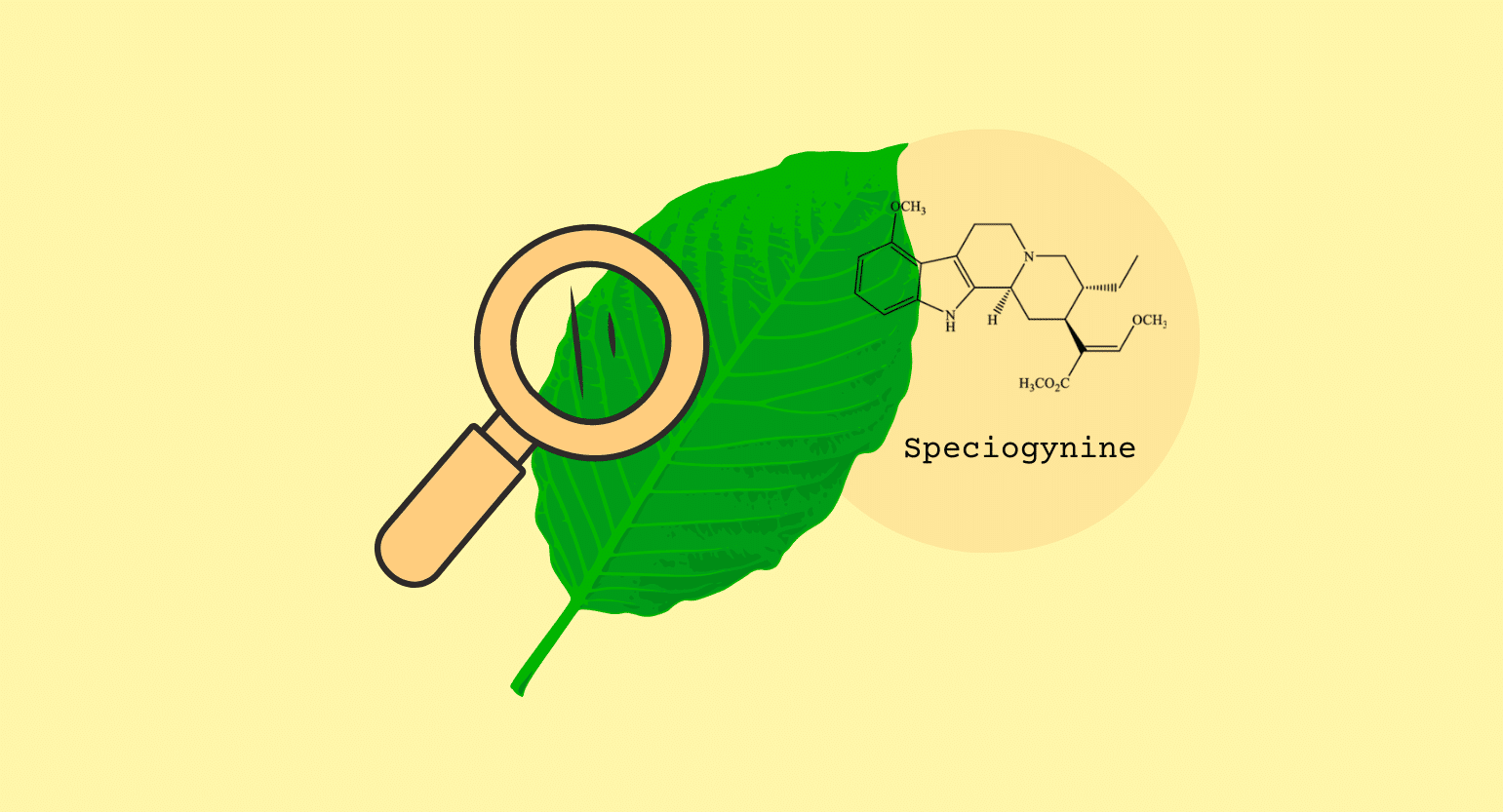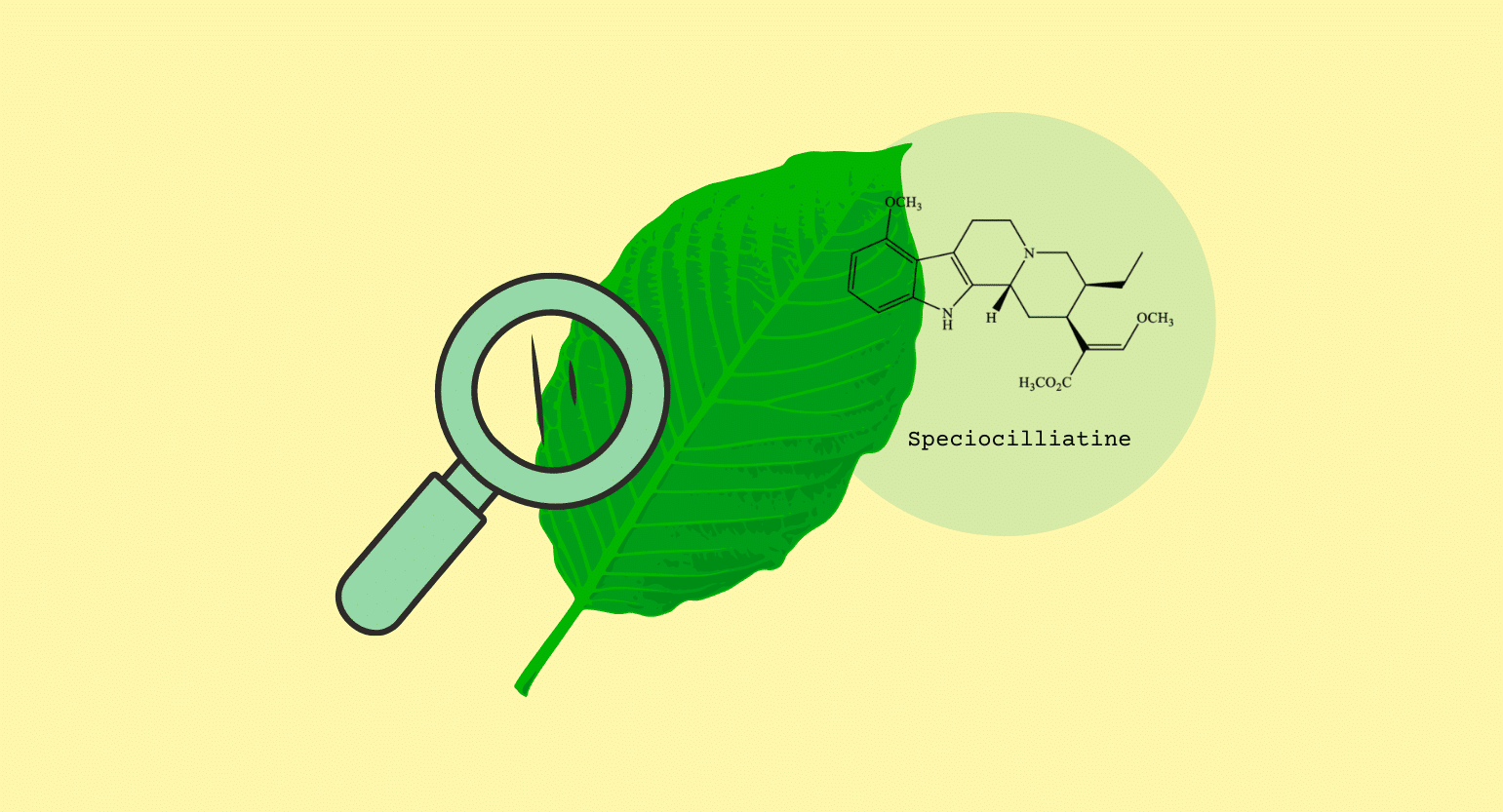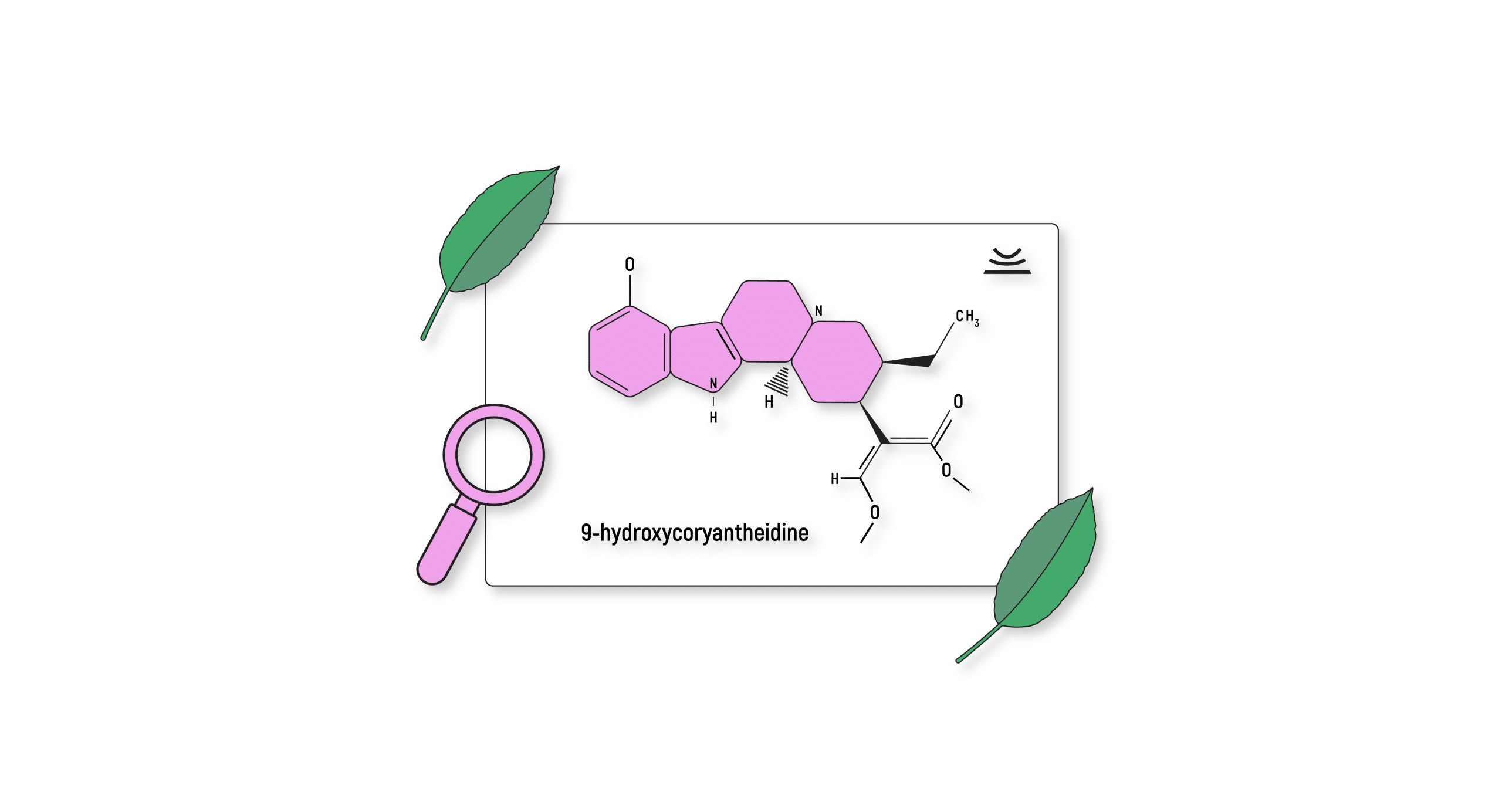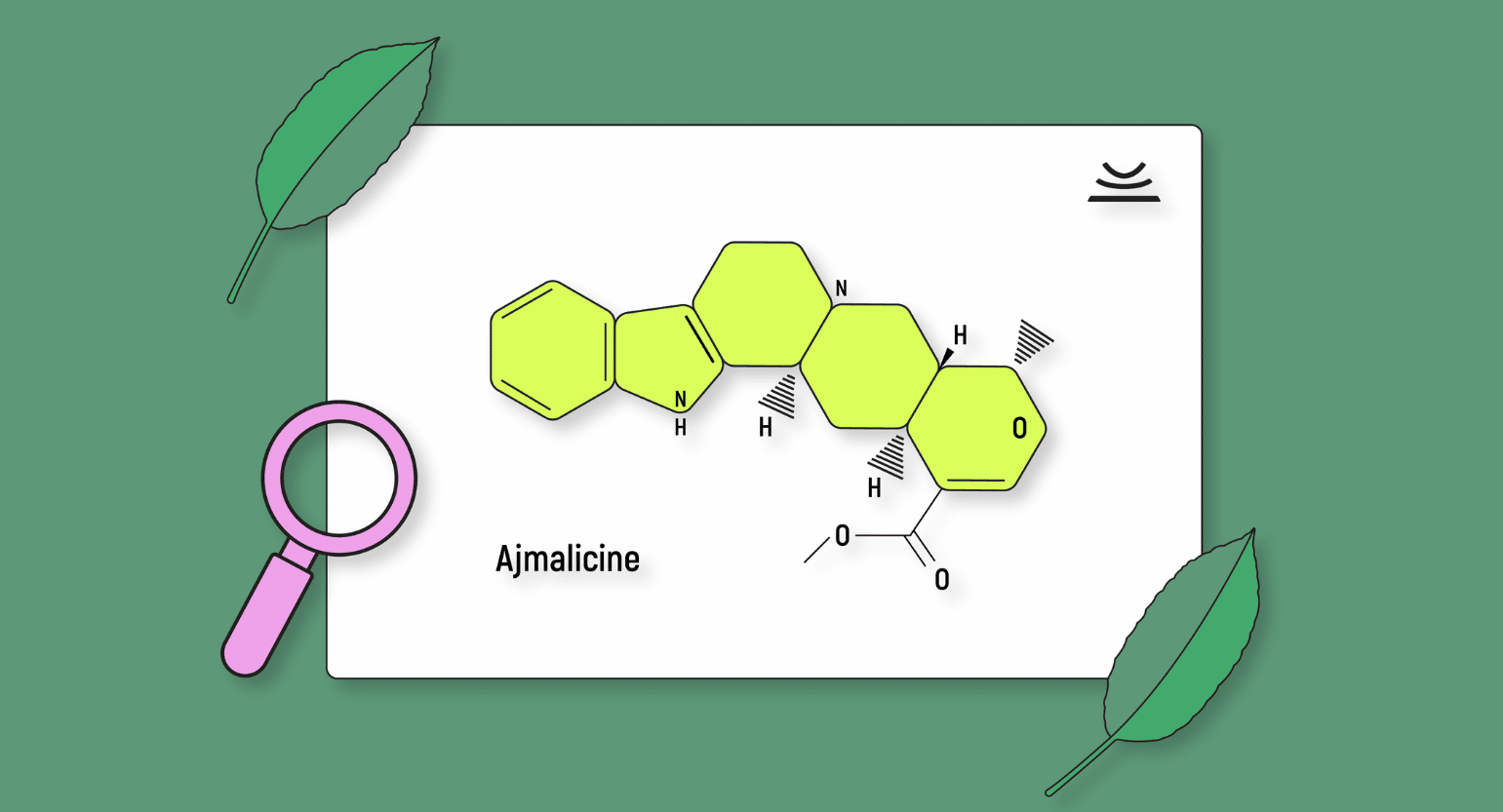What Is Mitraphylline?
Mitraphylline is one of many alkaloids present in kratom, which means it contains nitrogen and affects the body when consumed. If you’ve heard of kratom alkaloids, there’s a good chance you’ll recognize mitragynine and 7-hydroxymitragynine as the primary ones. However, kratom contains a variety of alkaloids in small quantities, many of which have promising effects. Mitraphylline is one of the minor alkaloids with more exciting potential for being helpful in modern medicine.
Where Does Mitraphylline Come From?
The kratom tree, Mitragyna speciosa, naturally produces mitraphylline, but the reason for production is unknown. Many other alkaloids attract pollinators or herbivores that can spread the plant’s seeds, and others are used for defensive purposes to drive away herbivores. It’s unclear what role mitraphylline plays for the plant.
Mitraphylline is also present in other plants, most of which belong to the Rubiaceae family, which includes kratom and coffee.
Which Kratom Strains Are Highest in Mitraphylline?
The effects of mitraphylline alone aren’t typically noticeable, and there’s little research on its levels in different strains, so it’s impossible to say which varieties have the highest volumes. Since the alkaloid appears naturally in such low quantities, most strains will likely deliver around the same concentration.
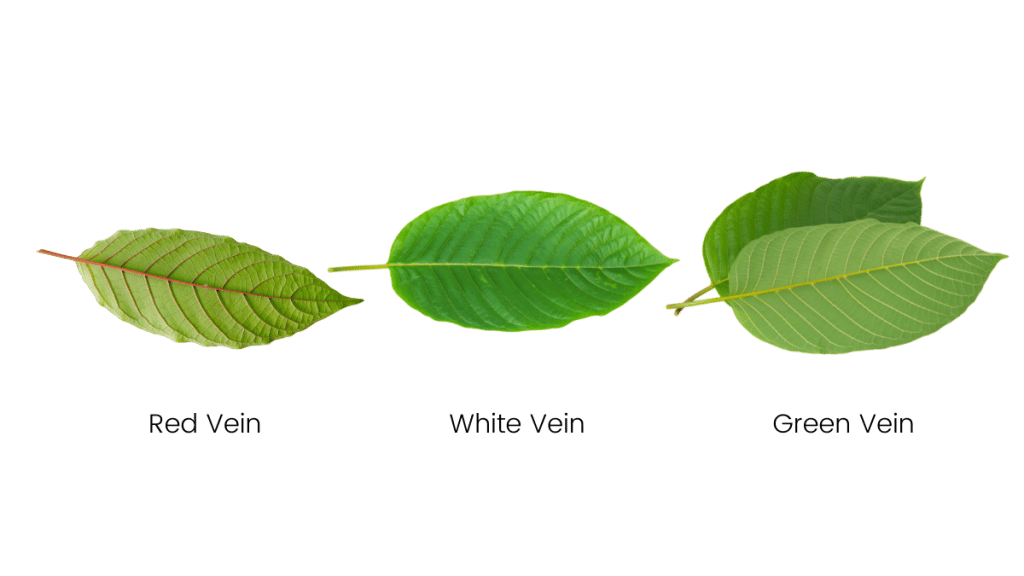
What Does Mitraphylline Do & How Does It Work?
Mitraphylline is primarily used to treat inflammatory issues, including arthritis and certain heart diseases. It’s also a known antioxidant, and since oxidative stress is linked to cancer, it could play a minor role in preventing cancer or even treating it [1].
Furthermore, mitraphylline shows anti-proliferative effects and promotes apoptosis, both of which are qualities of compounds believed to be anti-cancer.
It’s important to note that the research backing these claims is limited, and we need more research to validate these claims and determine the extent of these effects. Still, there seems to be great potential for mitraphylline in modern medicine.
What Other Plants Contain Mitraphylline?
Mitraphylline occurs naturally in kratom — Mitragyna speciosa — and it’s also known to appear in greater abundance in cat’s claw — Uncaria tomentosa. It’s possible that other plants in the Rubiaceae family also contain trace amounts of mitraphylline.
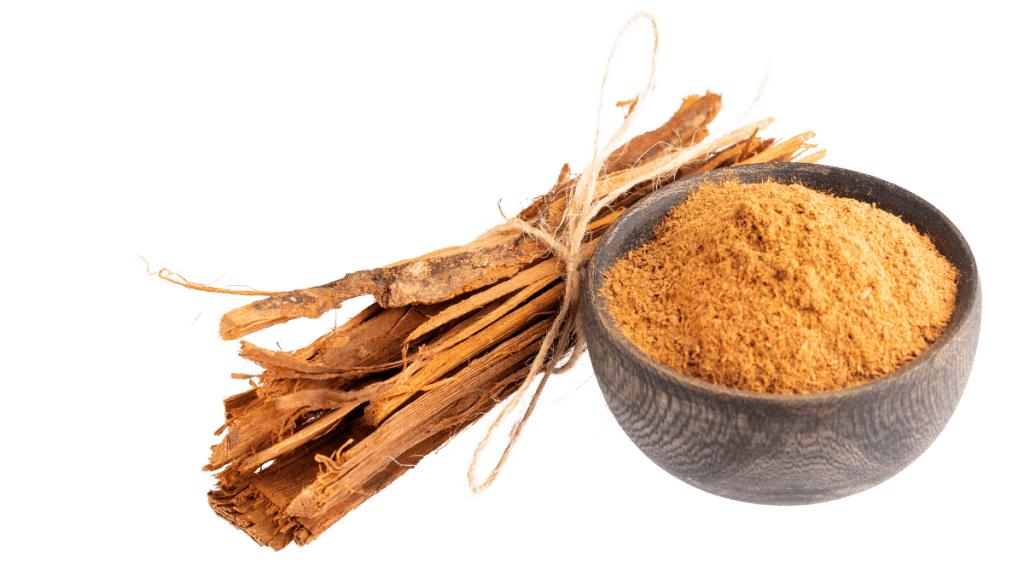
Is Mitraphylline an Opiate?
No, mitraphylline is not an opiate, and neither are the other 50+ alkaloids that appear in kratom. Mitraphylline doesn’t interact with the opioid receptors in the body like some other kratom alkaloids, so it’s not even compared to opiates like mitragynine and 7-hydroxymitragynine often are.
Is Mitraphylline Safe?
Mitraphylline is considered safe, although few studies confirm its safety for long-term use.
With that said, many experts agree that kratom consumption is relatively safe. Since kratom is one of the primary sources of mitraphylline, the alkaloid, by extension, should be safe.
Side Effects of Mitraphylline
Just because kratom and mitraphylline are safe doesn’t mean there isn’t any potential for unwanted side effects. One of the most dangerous side effects associated with kratom use is addiction. Like any compound that has a physiological impact on the body, kratom can be addictive. That’s why users must take tolerance breaks regularly and keep individual doses to a minimum.
Additional side effects include upset stomach, nausea, headaches, dizziness, mental cloudiness, and lethargy. Most users report minimal side effects with smaller doses and when kratom is taken properly.

How Much Mitraphylline Should I Take?
There is no recommended dose for mitraphylline, and it’s not an alkaloid that has been isolated for standalone use. Instead, the most common way to consume mitraphylline is to take kratom powder. The recommended dose for kratom powder depends on your experience and desired effects. We’ll break down the typical amounts below:
- 1 to 3 grams for beginners or those looking for stimulation and some nootropic effects
- 3 to 6 grams for experienced users or those looking for stimulation followed by relaxation and relief from moderate pain
- 6 to 8 grams for experienced users or those looking for deep relaxation or sedation and relief from more severe pain, including nerve pain
How Long Do the Effects of Mitraphylline Last?
Mitraphylline doesn’t produce psychotropic effects, so it’s difficult to say with certainty how long the effects of the alkaloid last. Other alkaloids that create noticeable effects can last for one to five hours for most users. Smaller doses tend to have a shorter duration, and larger amounts typically last longer.
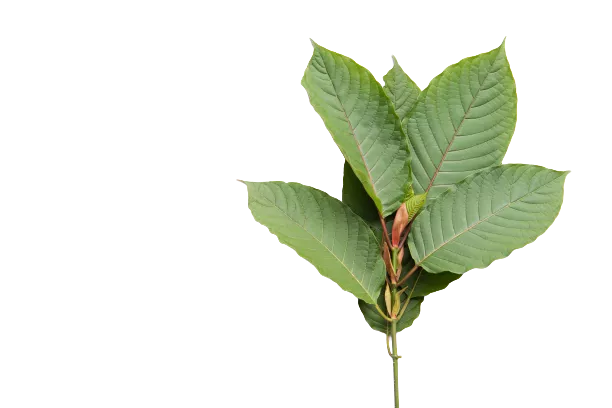
Wrapping Up: Why Mitraphylline Could Be the Most Important Minor Alkaloid in Kratom
Mitraphylline and several other minor alkaloids in kratom show great promise for modern medical uses. Specifically, mitraphylline is believed to be a natural antioxidant and could be helpful in preventing and treating cancer, along with other medications and treatments. More research is needed to confirm these benefits and solidify kratom’s medical potential.
Taking mitraphylline usually means consuming kratom powder, as the alkaloid hasn’t been isolated for use yet. The benefits of mitraphylline mentioned above might not be significant if you’re taking kratom powder, as the alkaloid appears in minute quantities naturally.
- Reuter, S., Gupta, S. C., Chaturvedi, M. M., & Aggarwal, B. B. (2010). Oxidative stress, inflammation, and cancer: how are they linked?. Free radical biology and medicine, 49(11), 1603-1616.

